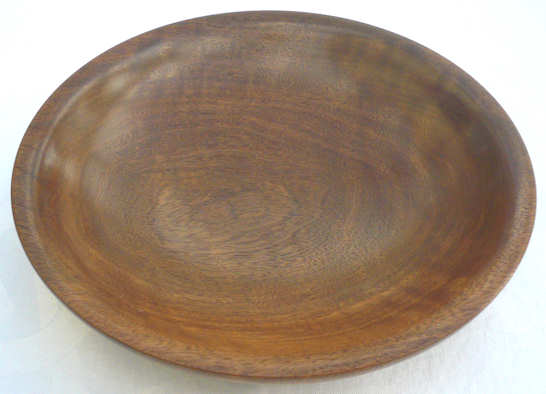the REST of the pictures on this page will give you a better overall feel for this wood
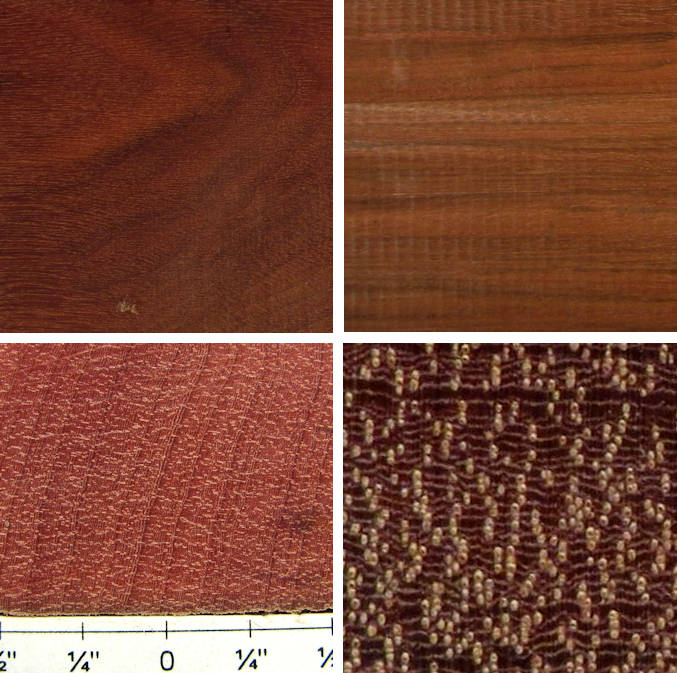
bulletwood (aka massaranduba) / Manilkara spp. of the family Sapotaceae
see the table below for specific species names
3" x 3" flat cut, 3" x 3" quartersawn, 1" wide end grain, and a 1/4" x 1/4" end grain closeup.
Diffuse porous, medium sized pores, often in radial multiples, heavy diffuse-in-aggregates parenchyma plus vasicentric parenchyma and with closely spaced rays barely visible at 10X
See also sapodilla, which is a closely related wood.
This is a very hard, heavy, strong wood with some oiliness and can be worked to a smooth finish.
All of my samples on this page were sold to me as massaranduba which is another common name for this wood.
This wood acquires a patina that makes it appear to be a darker, but richer, red than it is when fresh. The wood, as you will see from the more detailed pics is a deep rich pink when first exposed.
Janka hardness 3130 to 3190 (compare to hard maple 1450, white oak 1350)
%20exposed%20raw%20s25%20plh.jpg)
%20exposed%208%20weeks%20s25%20plh.jpg)
%2011a%20s25%20plh.jpg)
%2011%20end%20grain%20s25%20plh.jpg)
%209a%20s25%20plh.jpg)
%209b%20s25%20plh.jpg)
%209%20end%20grain%20s25%20plh.jpg)
%209%20end%20grain%20closeup%20s25%20plh.jpg)
%209%20end%20grain%20closeup%202%20s25%20plh.jpg)
%2010a%20s25%20plh.jpg)
%2010b%20s25%20plh.jpg)
%2010%20end%20grain%20s25%20plh.jpg)
%2010%20end%20grain%20closeup%20s25%20plh.jpg)
%2010%20end%20grain%20closeup%202%20s25%20plh.jpg)
%201%20s25%20plh.jpg)
%201%20closeup%20s25%20plh.jpg)
%202%20s25%20plh.jpg)
%202%20closeup%20s25%20plh.jpg)
%207%20s25%20plh.jpg)
%207%20end%20grain%20s25%20plh.jpg)
%207%20end%20grain%20closeup%20s25%20plh.jpg)
%207%20end%20grain%20closeup%202%20s25%20plh.jpg)
%203%20s25%20plh.jpg)
%203%20closeup%20s25%20plh.jpg)
%204%20s25%20plh.jpg)
%204%20closeup%20s25%20plh.jpg)
%205%20s25%20plh.jpg)
%205%20closeup%20s25%20plh.jpg)
%2012%20end%20grain%20closeup%202%20s25%20plh.jpg)
%206%20s25%20plh.jpg)
%206%20end%20grain%20s25%20plh.jpg)
%206%20end%20grain%20closeup%20s25%20plh.jpg)
%206%20end%20grain%20closeup%202%20s25%20plh.jpg)
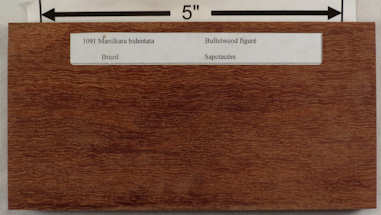
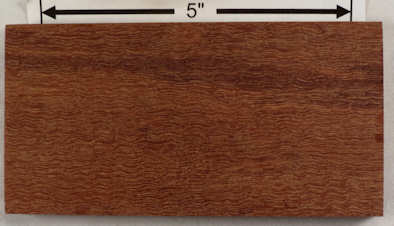

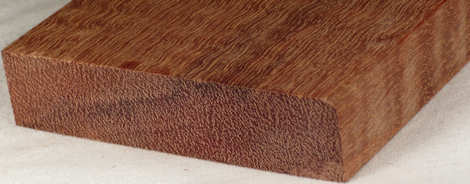
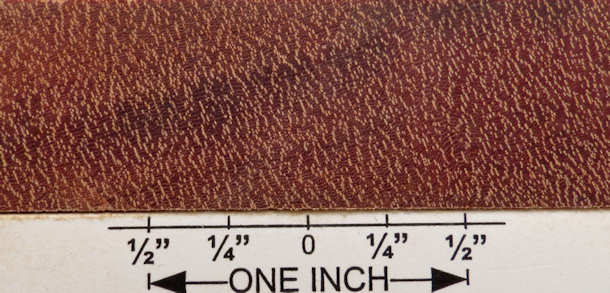
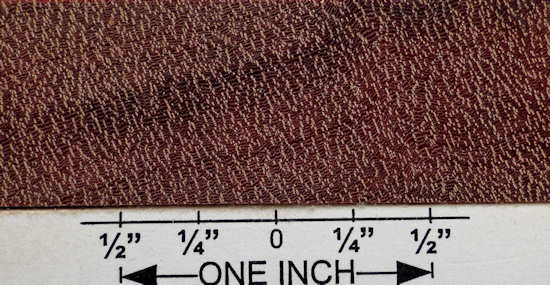
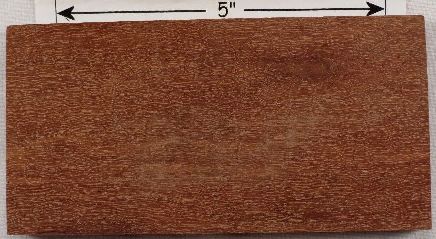
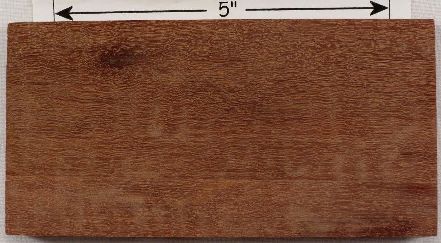
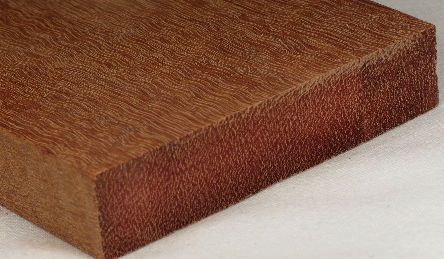
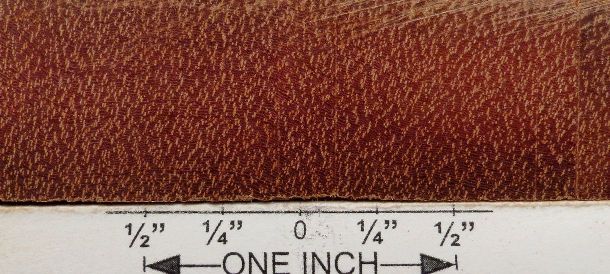
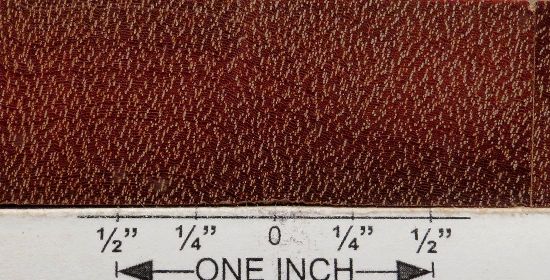
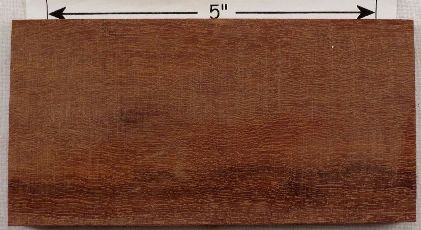
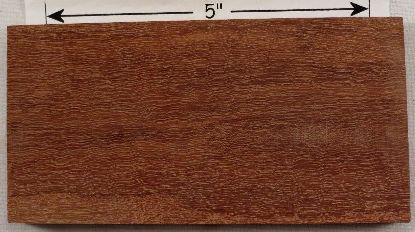
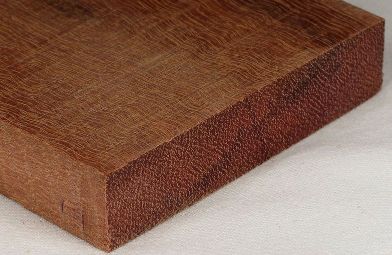
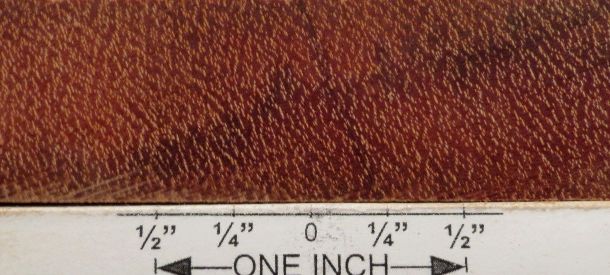
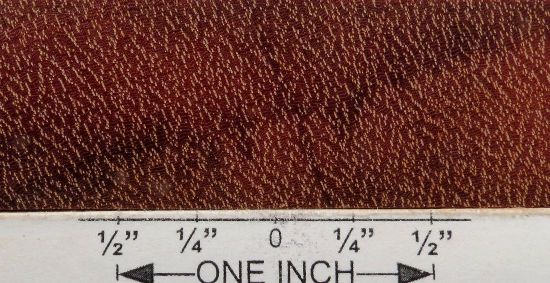
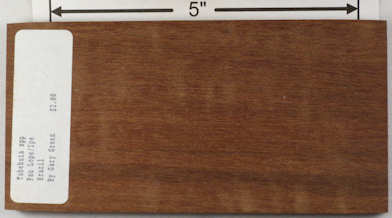
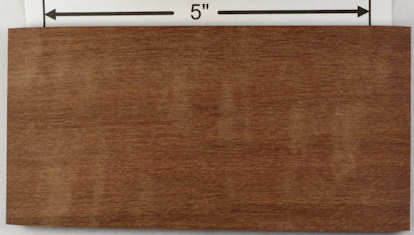
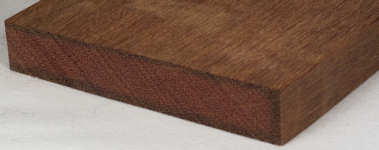
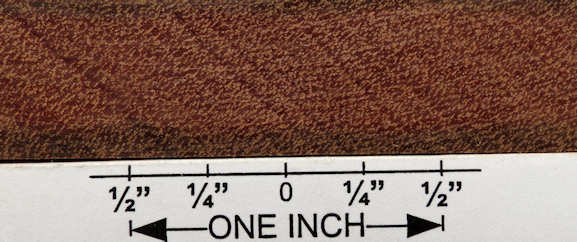
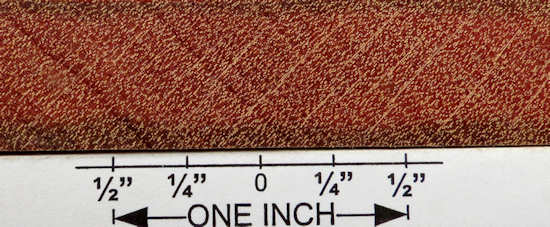
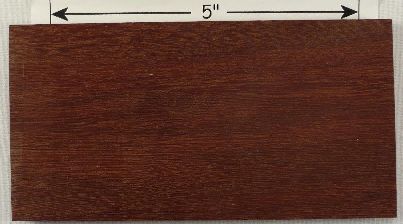
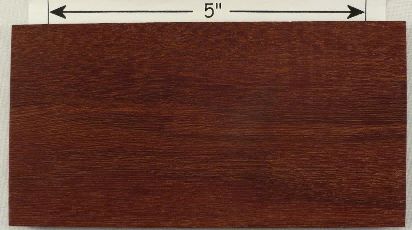
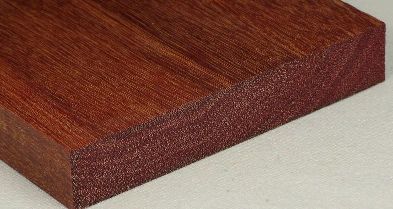
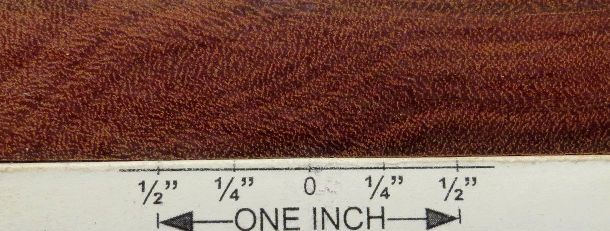
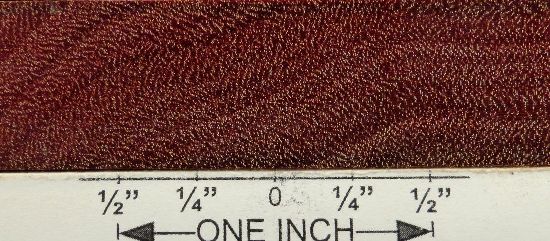
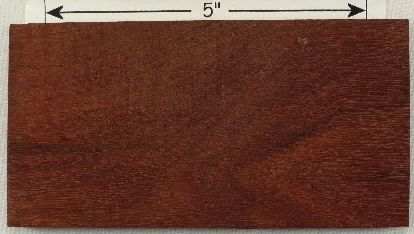
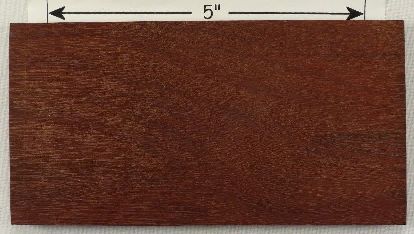
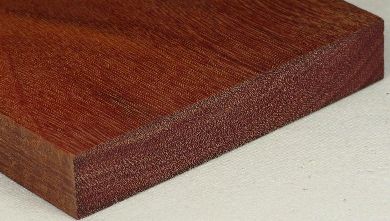
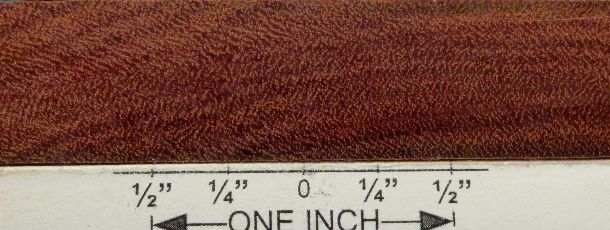
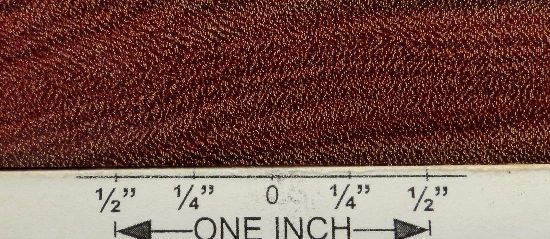
%208%20s25%20plh.jpg)
%201a%20s25%20plh.jpg)
%201b%20s25%20plh.jpg)
%201%20end%20grain%201%20s25%20plh.jpg)
%201%20end%20grain%202%20s25%20plh.jpg)
%201%20end%20grain%20closeup%20s25%20plh.jpg)
%201%20end%20grain%20closeup%202%20s25%20plh.jpg)
%20wet%20dry%20s50%20web.jpg)
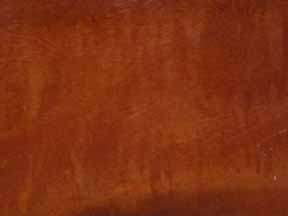
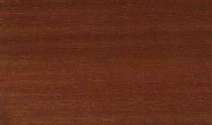
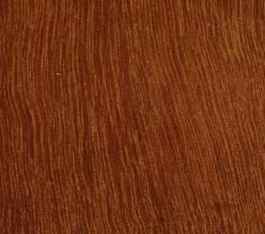
%202%20s50%20web.jpg)
%204%20bc%20web.jpg)
%205%20web.jpg)
%206%20s50%20web.jpg)
%2013%20web.jpg)
%2014%20web.jpg)
%2015%20web.jpg)
%2016%20web.jpg)
%2018%20web.jpg)
%2019%20web.jpg)
%201%20s50%20web.jpg)
%2010%20s50%20web.jpg)
%207%20s50%20web.jpg)
%2012%20web.jpg)
%203%20web.jpg)
%201%20web.jpg)
%201%20web.jpg)
%202%20web.jpg)
%202%20s50%20web.jpg)
%201%20web.jpg)
%209%20web.jpg)
%201%20s50%20web.jpg)
%201%20s50%20web.jpg)
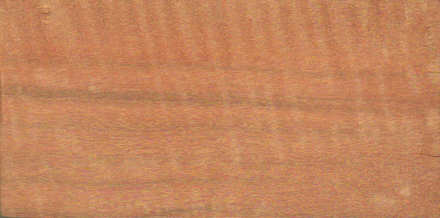
%208%20web.jpg)
